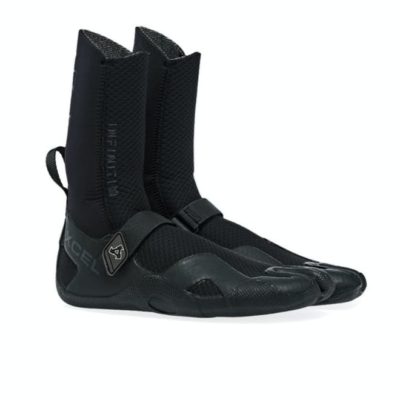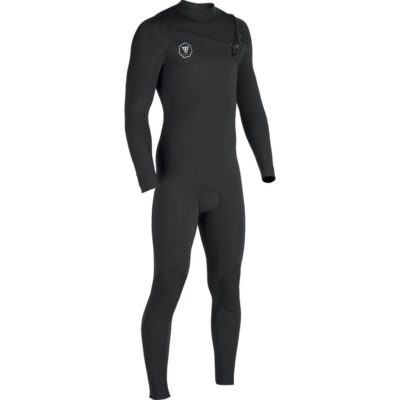Description
Ben jij op zoek naar een Billabong wetsuit 3.2 mm backzip absolute comp model? Bij de Noordzee Boardstore hebben wij verschillende pakken van billabong voor je in de aanbieding.
Billabong HISTORY
As a surfer, Gordon saved many a wiped-out surfer from grief when he developed the first leg-rope. Sure, it was a primitive device by today’s standards, but anybody who has had to scramble over the rocks at Burleigh Heads on a big day owes Gordon a schooner.
In 1973 Gordon and Rena Merchant began producing handmade boardshorts under their flat overlooking his beloved Burleigh. They were tough as teak, able to withstand not only the elements, but also able to absorb the sort of punishment that local juniors Guy Omerod and Rabbit Bartholomew would put those first issued trunks through.
From those humble beginnings, Billabong was born.
During the 80’s Billabong went International, firstly exporting to California, Japan, New Zealand and Europe and then finally licensing, but only after each international licensee had achieved Gordon’s benchmark of dedication, honesty and prudent business savvy.
Gordon surrounded himself with some of the finest minds in the industry, both in Australia and abroad, who helped steer the good ship Billabong on a course which would take Billabong to the helm of the world surfing.
In the water, surfers of the calibre of Joe Engel, Mark Occhilupo, Luke Egan, Wayne Bartholomew, Munga Barry, Shane Dorian, Taj Burrows, Sunny Garcia and the late Ronnie Burns have given Billabong international credibility, not to mention Worldwide exposure.
Billabong is involved in many promotions, but one thing that underpins the respect the company enjoys in the marketplace, is Billabong’s commitment to pro boardsports and its team riders. Billabong sponsors many events around the world, with a heavy emphasis on Junior athlete development, but the Jewels in the Crown are The Billabong Pro contests held at Teahupoo, Tahiti and Jeffreys Bay in South Africa.







